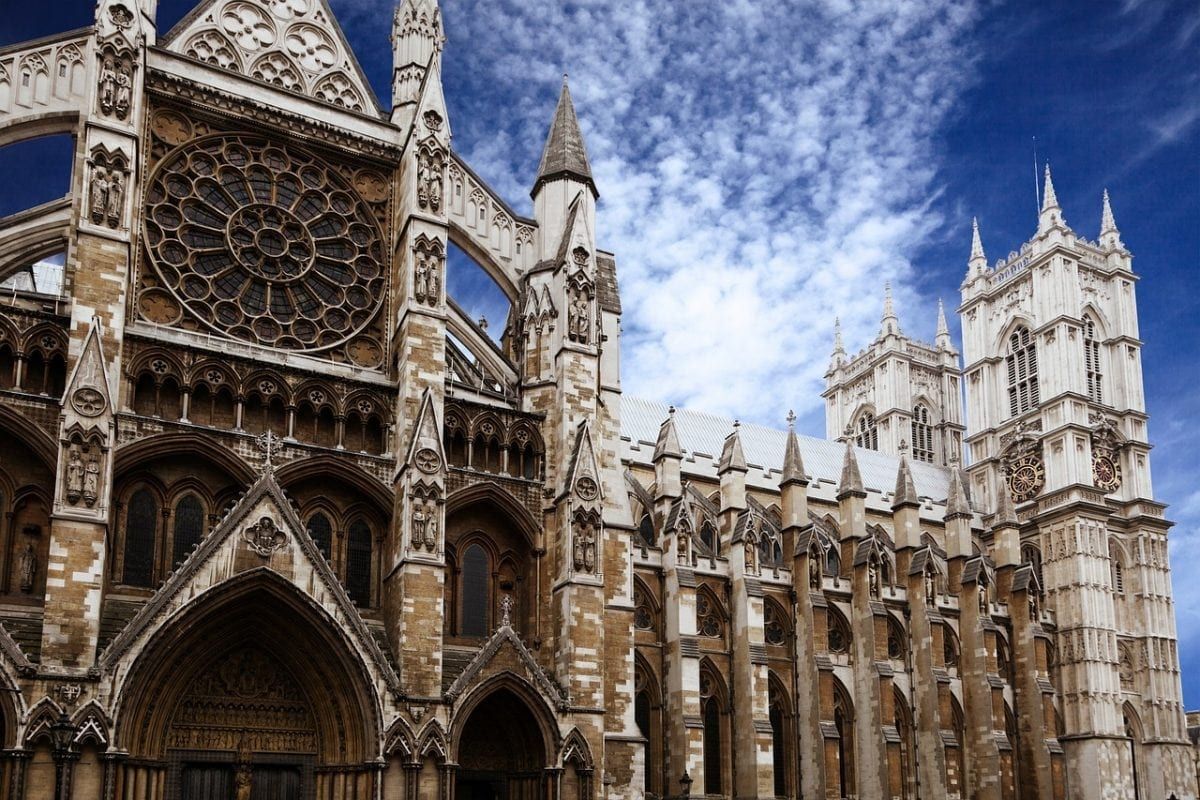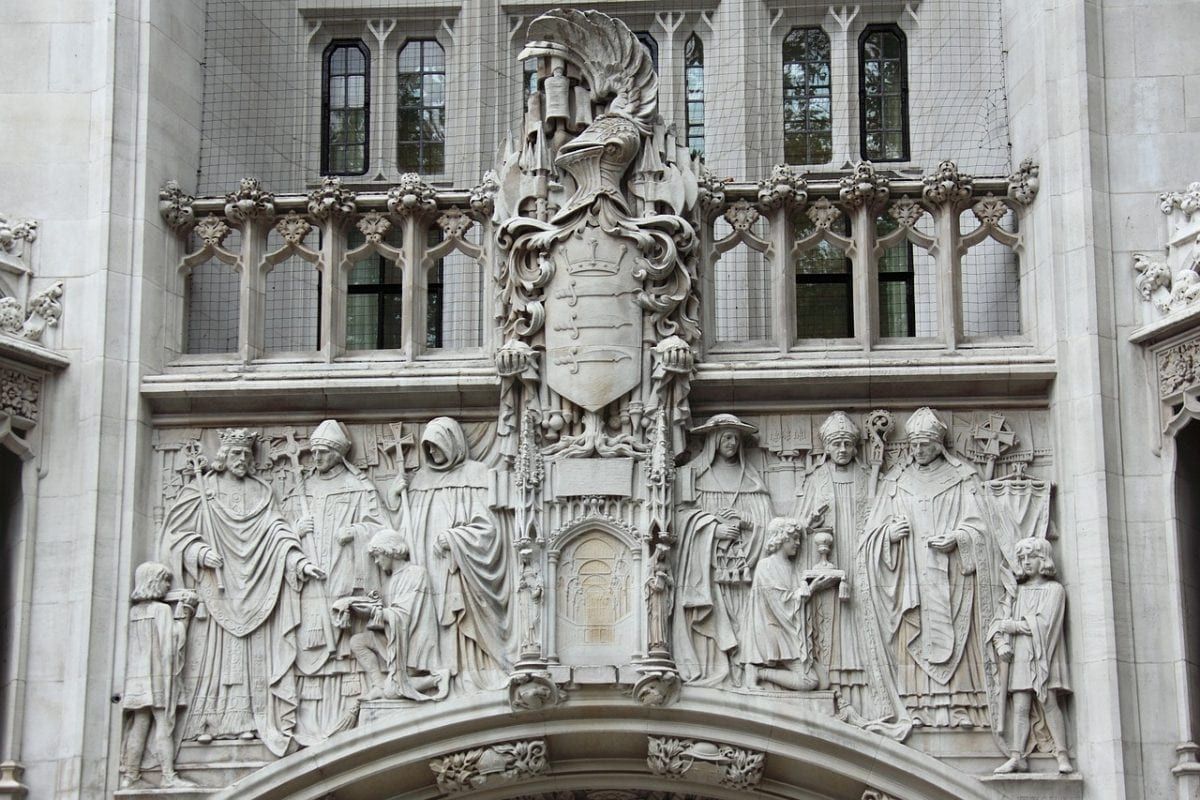The ongoing renovations to the historic Westminster Abbey has been one of London’s largest public works projects in recent memory, topped only by the impending mammoth renovations due to take place at the Houses of Parliament over the next few years. Westminster Abbey is a national icon, used for royal weddings, state funerals and commonwealth gatherings since time immemorial.
It’s for this reason that the renovation works have taken place piecemeal over several years, with select parts of the building being upgraded one at a time, allowing the Abbey to continue performing a vital function for the people and the state. With the renovations just about wrapped up and the Abbey looking all set for the next generation of public service. From futuristic LED lighting to eccentric facade upgrades, here’s what you need to know about the Westminster Abbey renovations.

LED Lighting
Perhaps one of the most dramatic breaks from tradition that has occurred over the course of this renovation was the decision to install top-of-the-line LED lighting in the previously inaccessible exhibition space, the Triforium Tower. The unconventional lighting was chosen as a safe form of lighting to brighten the exhibition space and draw attention to the artefacts on display, as LED lights do not cause degradation of fragile material.
LED lighting also has the added benefits of giving a sleek, contemporary and minimalist feel to the space, which is why items such as LED panels, sold by specialist lighting retailers such as Lights.co.uk, have become so popular in modern home decor in recent years. The technological compatibility of available LED lights also allows for the brightness and intensity to be controlled via Bluetooth, perfect for a busy museum or somebody’s garden or living room. This form of lighting for such an ancient structure marks a strong departure from tradition, with many rooms in the nearby Tower of London still being lit by candlelight.
Steampunk Tower
The crowning glory of the Abbey makeover was, of course, the aforementioned Triforium, a Mediaeval tower attached to the side of the building that had previously been closed to the public for over 700 years. The tower was given an eccentric “steampunk-inspired” makeover, being wrapped up with glass and wrought iron, while the interior was modernised to give a spacious, airy feel with increased natural light. The tower’s public gallery has been renamed as the Queen’s Diamond Jubilee Gallery, and will display artefacts from a millennium of royal history year-round.

Odd Discoveries
The renovation of such an old and partly sealed-off structure was bound to throw up a few surprises. One of the most startling things that architects discovered was a “treasure trove” of stained glass piled high in a room, with some of the shards dating from at least the 13th century. Beneath the floorboards, further discoveries were also made, including a 17th-century invitation to Queen Anne’s coronation, sweet wrappers from the 1950s and Georgian-era tobacco pipes.
Projects like this come along once in a lifetime, and the recent emphasis on allowing as much public access to these works as possible has allowed a whole generation of Londoners to explore a fascinating part of our history.

